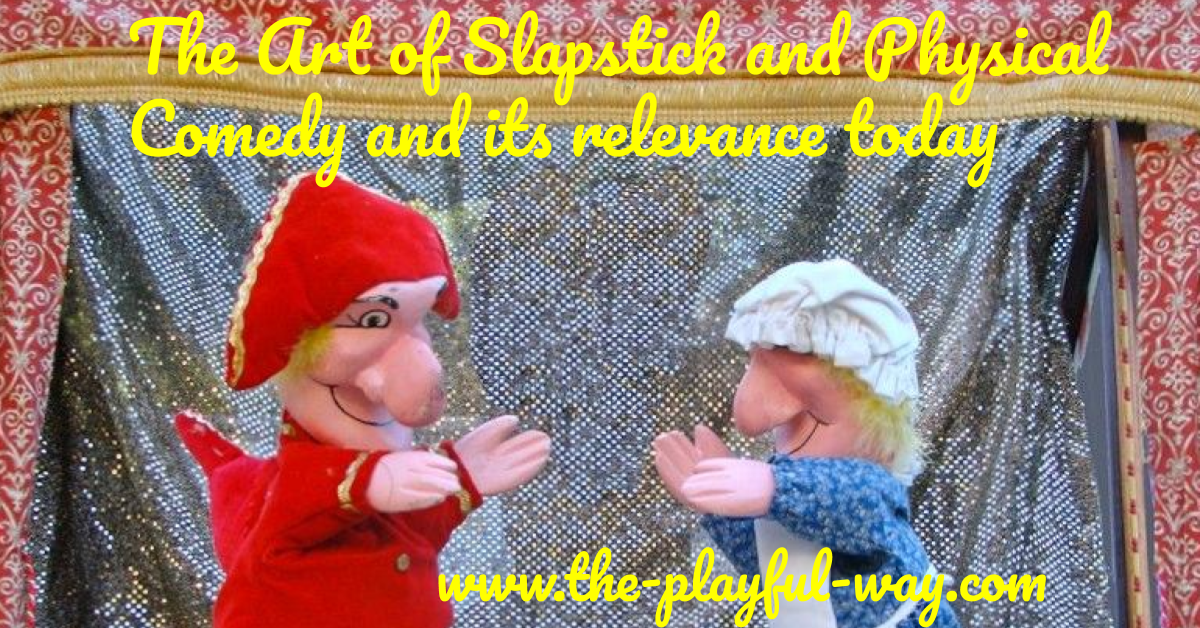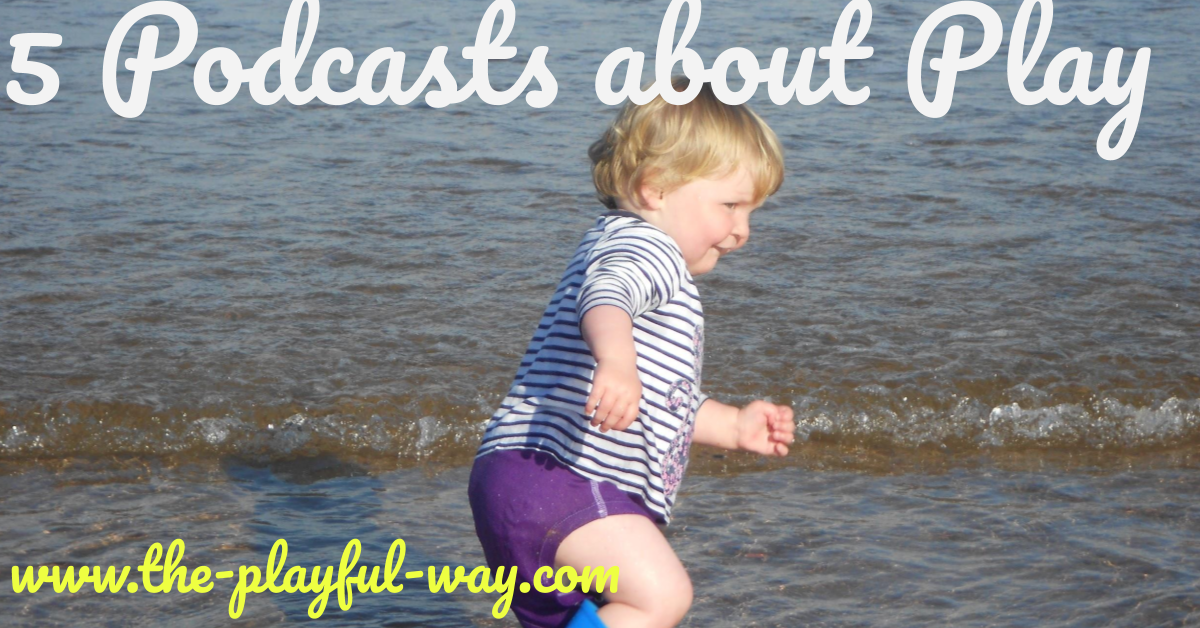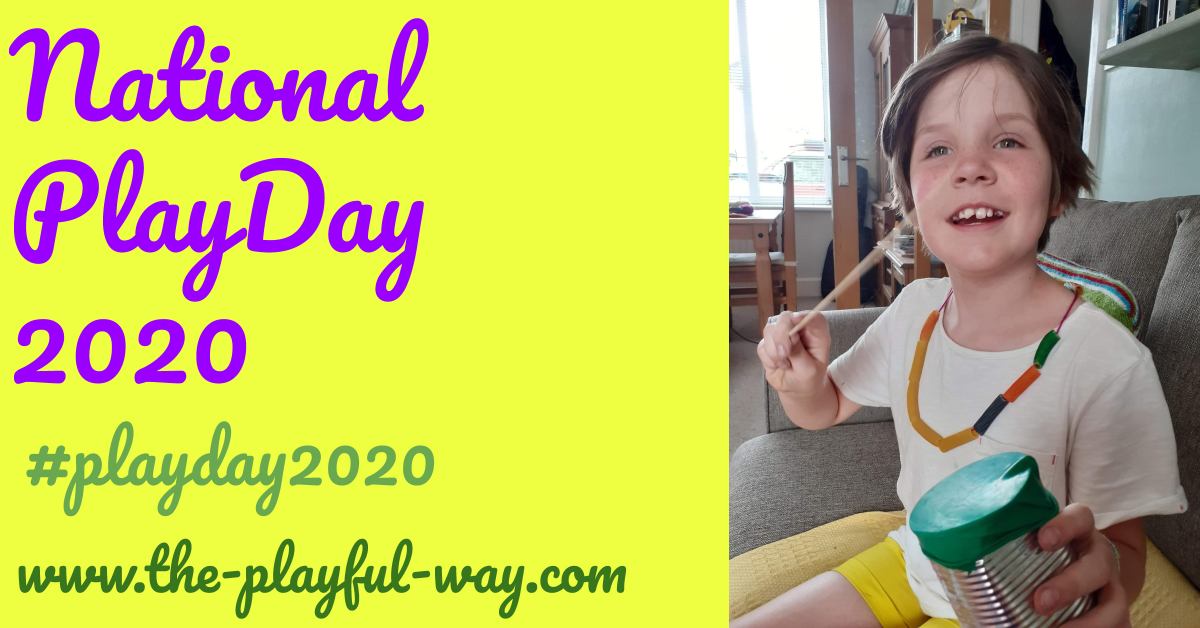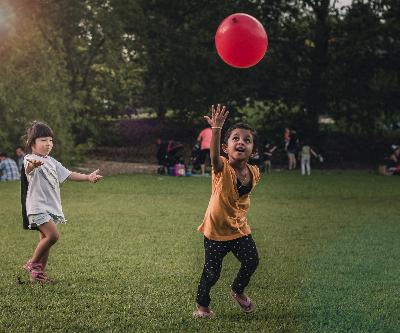

What are slapstick and physical comedy?
From the Ancient Greeks to the Middle Ages when every noble house had its fool or jester; from Charlie Chaplin in the silent movies right through to programmes like “Total Wipeout” or “You’ve been framed”; humans have laughed at physical comedy and slapstick. Many of our most popular cartoons are also based on slapstick, from Tom and Jerry to the Wily Coyote. So what are slapstick and physical comedy, what are the differences? Why do we laugh at it – and should we?
Physical comedy has a wider definition than slapstick. Physical comedy involves the manipulation of the body or face for comic effect, rather than through the use of words. This can include slapstick, mime, stunts, funny faces and clowning. Slapstick, then, is a distinct type of physical comedy. Slapstick revolves around fake and exaggerated violence and dramatic buffoonery involving improbable situations, or ordinary situations that go wrong (usually resulting in pain).
Both are considered “low comedy” as oppose to the “high comedy” that takes advantage of sophisticated dialogue through wit and satire. Research by medical anthropologist Ann Hale (University of Sydney) suggests that the humour involved in physical comedy is actually deep-seated and that even babies under the age of 1 can find humour in their parent doing something unusual – whether that’s peek-a-boo or mum crawling into the room instead of walking.
Great physical comedians in present day
These people use their whole bodies for comic effect. If you find yourself laughing at something when there’s no dialogue, that’s physical comedy:
- David Schwimmer (plays Ross Geller in Friends) – if you’re not sure what I’m talking about, rewatch the scene with the leather pants.
- Michael McIntyre. This sketch is magnificent.
- Rowan Atkinson. This video explains his fabulous physical comedy skills.
- John Cleese – here with The Ministry of Silly Walks
- Jim Carey – here with his many faces (also very good at falling over)
- Mike Meyers – here are some great moments.
Isn’t laughing at slapstick cruel?
When you watch a group of children sitting at a puppet show laughing at a man puppet beating his wife puppet and a police puppet beating somebody over the head with a truncheon, you have to ask if this is right. When we watch TV programmes centred on people falling off things, falling over, or accidentally hurting themselves… is this comedy or cruelty? In many slapstick routines or comedies based on this, there is a “fool” character – Mr Bean, the 3 Stooges, the side-kick criminal in Home Alone, Dumb and Dumber. Are we laughing at the misfortune of somebody who isn’t that clever?
I personally think that we should treat this pretty carefully. I love physical comedy – see my list of top physical comedians below – and I love to laugh at people using their bodies in an amusing and artful way. I’ve also got to be honest and own up to finding some gratuitous violence pretty entertaining too (I love the Die Hard movies). However, I do think we should be careful when we laugh at people getting hurt or hurting one another, or when we laugh at “the fool” who is the brunt of all the pain. It’s a slippery slope.
The danger is that if we are amused by people hurting themselves – for example in “You’ve been Framed” – we may find ourselves laughing at the person who falls over on the ice, instead of rushing over to help them up and checking they are okay.
How can we make physical comedy part of our playful lives?
To start with, take an ordinary task. Making scrambled eggs for example. Imagine all the things that could go wrong with this task: you can’t get the fridge door open, you drop the pan on your foot, you drop the egg and it makes a mess everywhere. To create a funny sketch: take one of these imaginary problems and pretend that’s what’s happened. Take the fridge door not opening: (a great example here from Friends). It’s not just having the problem though – it’s how you react to it and what you do.
Pick your moment though. A bit of physical comedy every now and then is hilarious, takes us out of the humdrum of everyday life and makes us laugh. Somebody hamming up every single task all day long would become pretty annoying. Gauge the reaction of your audience.











